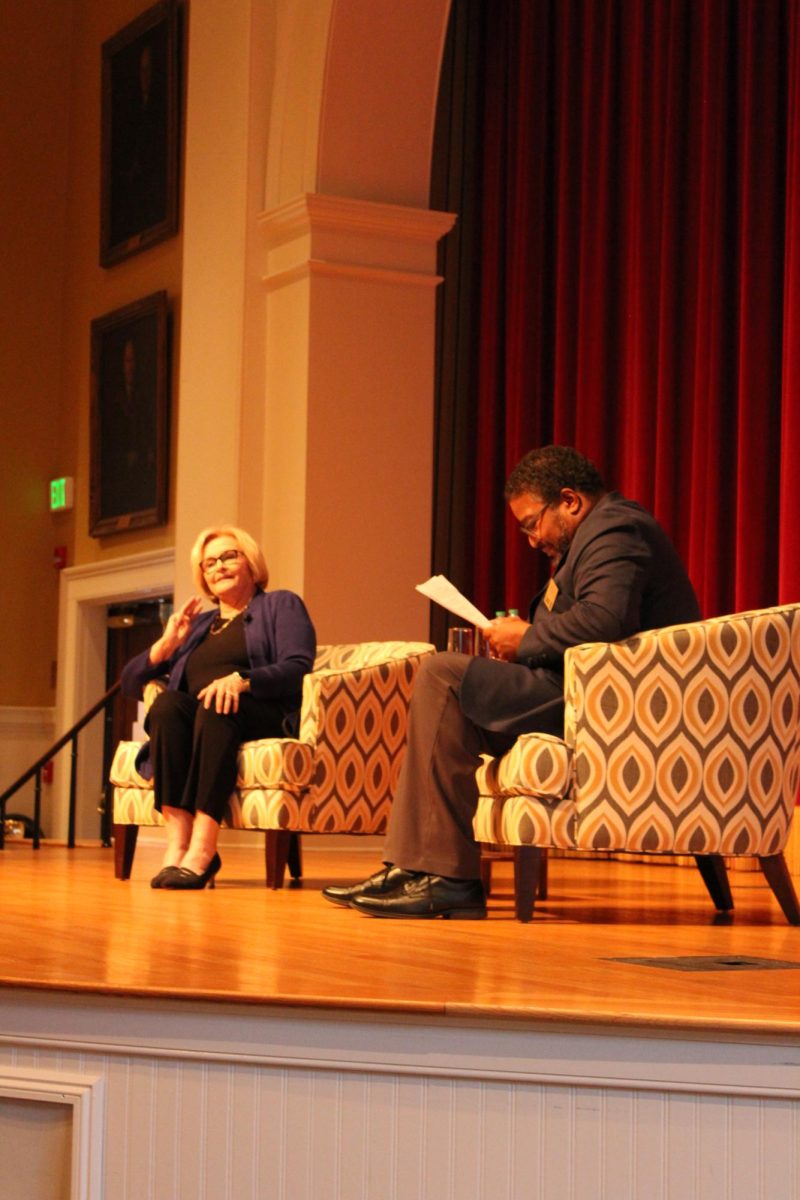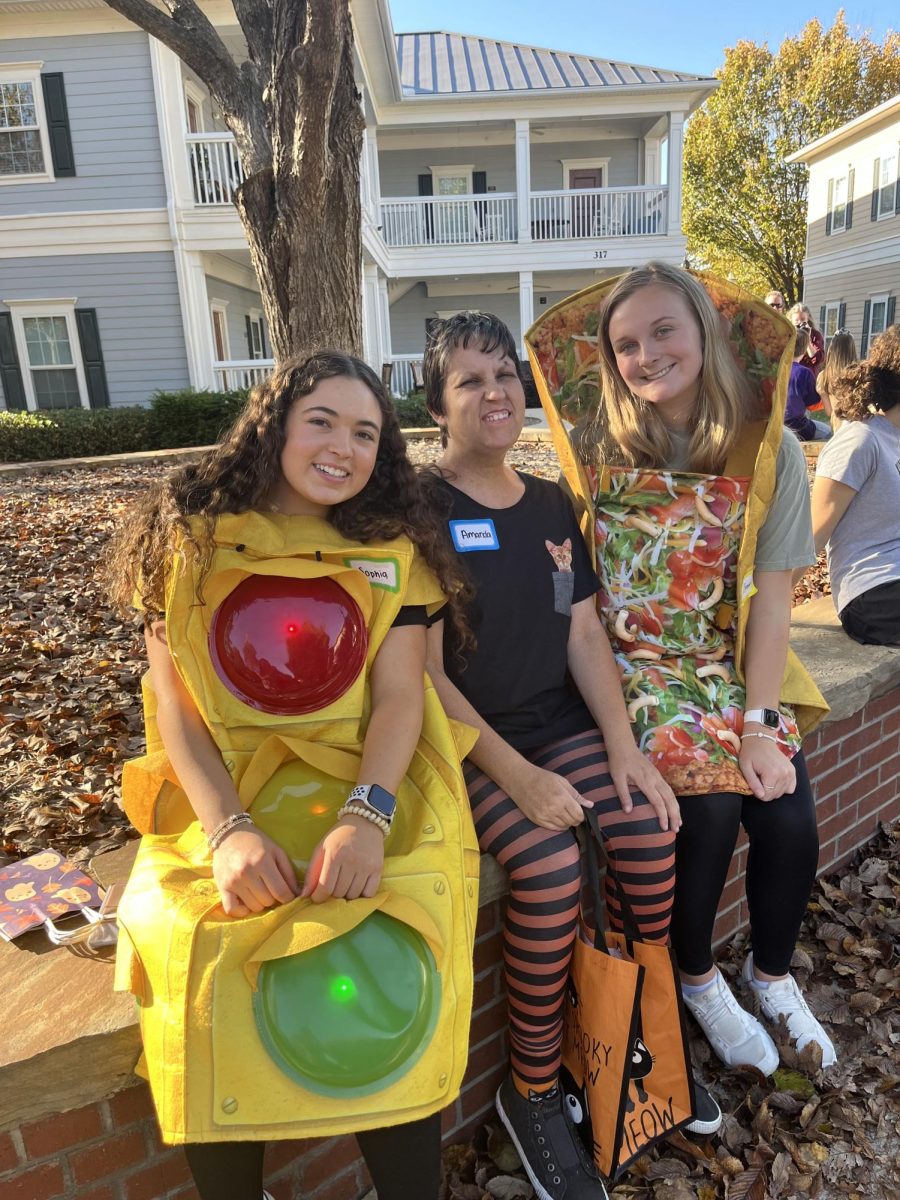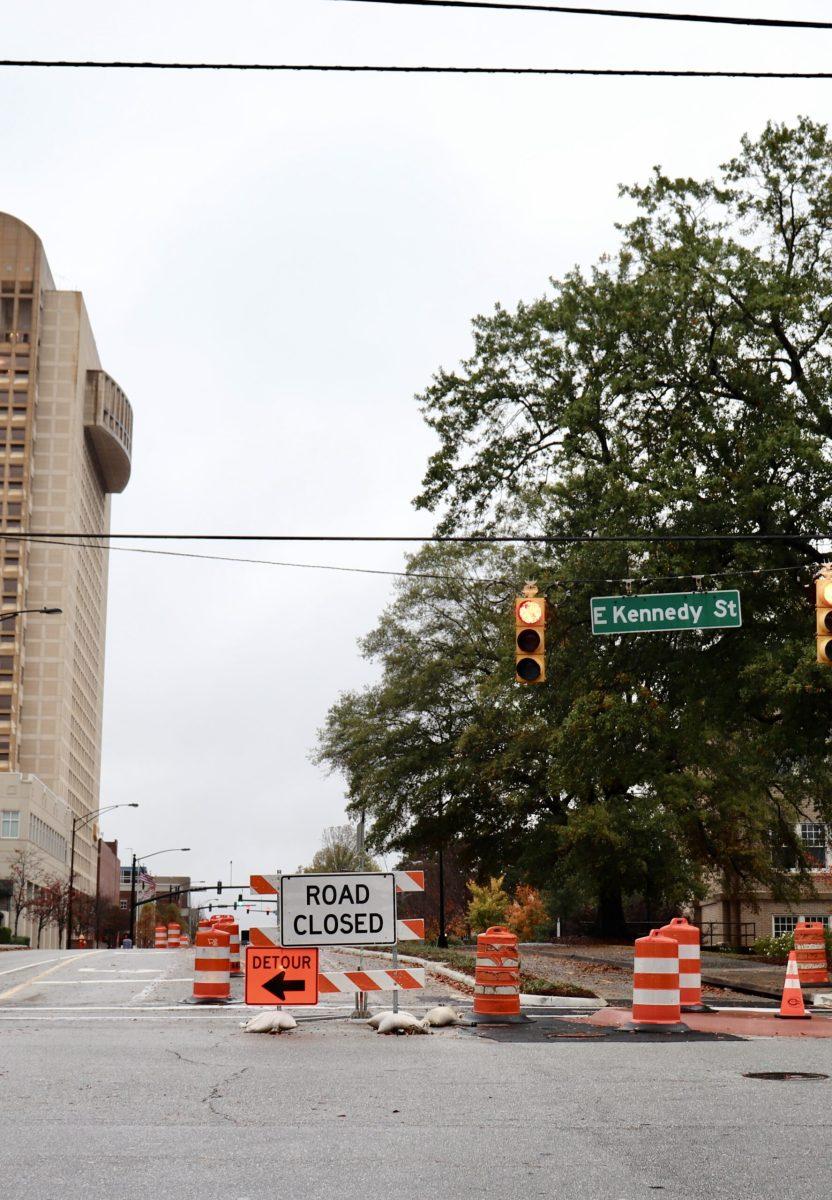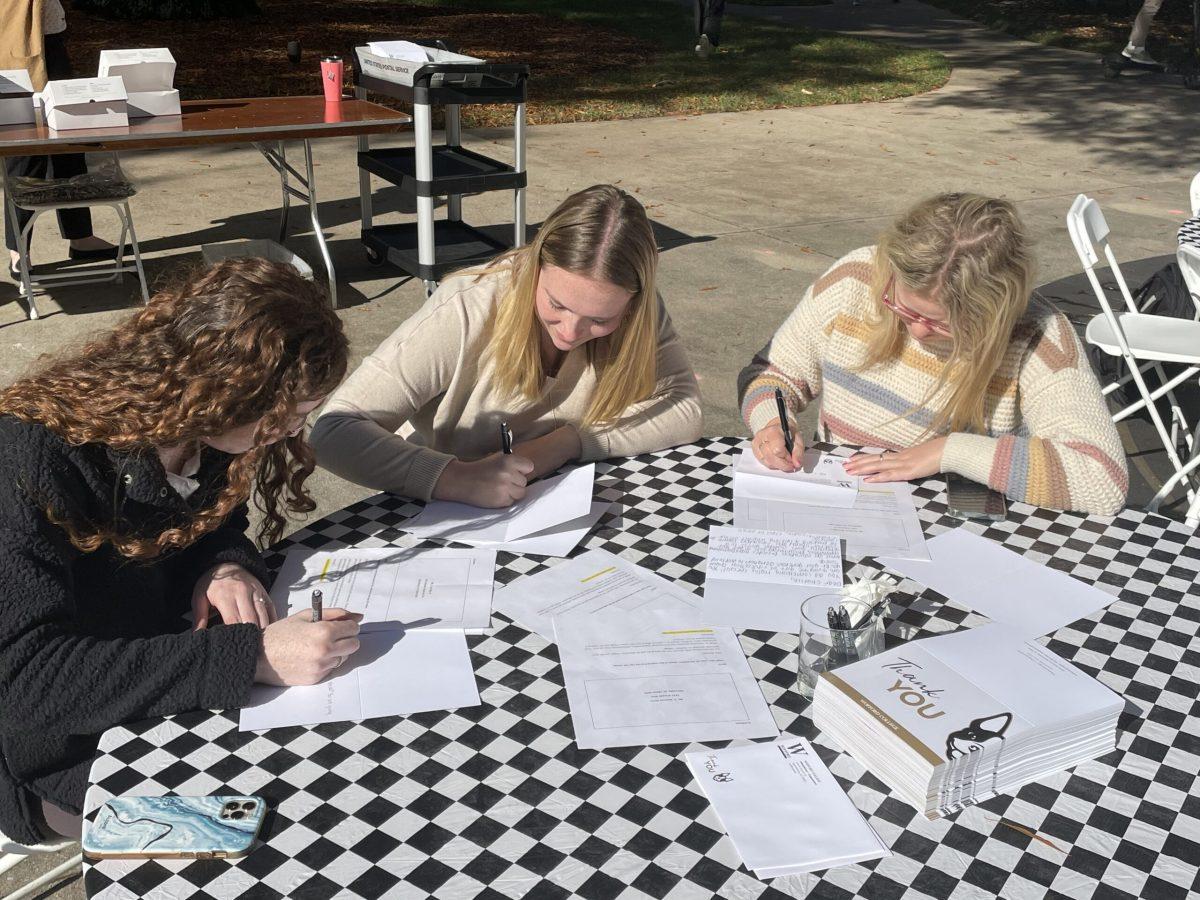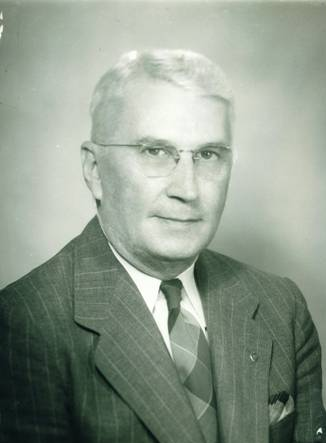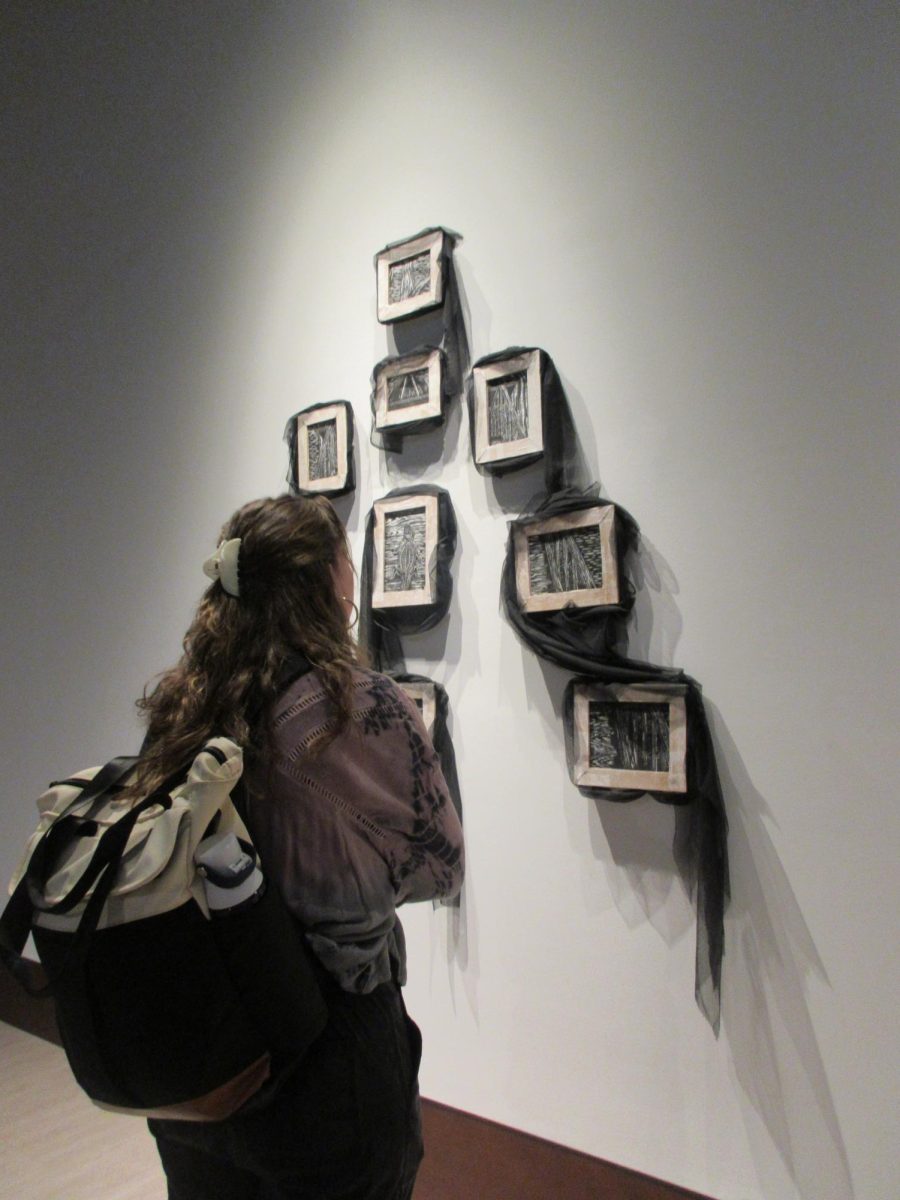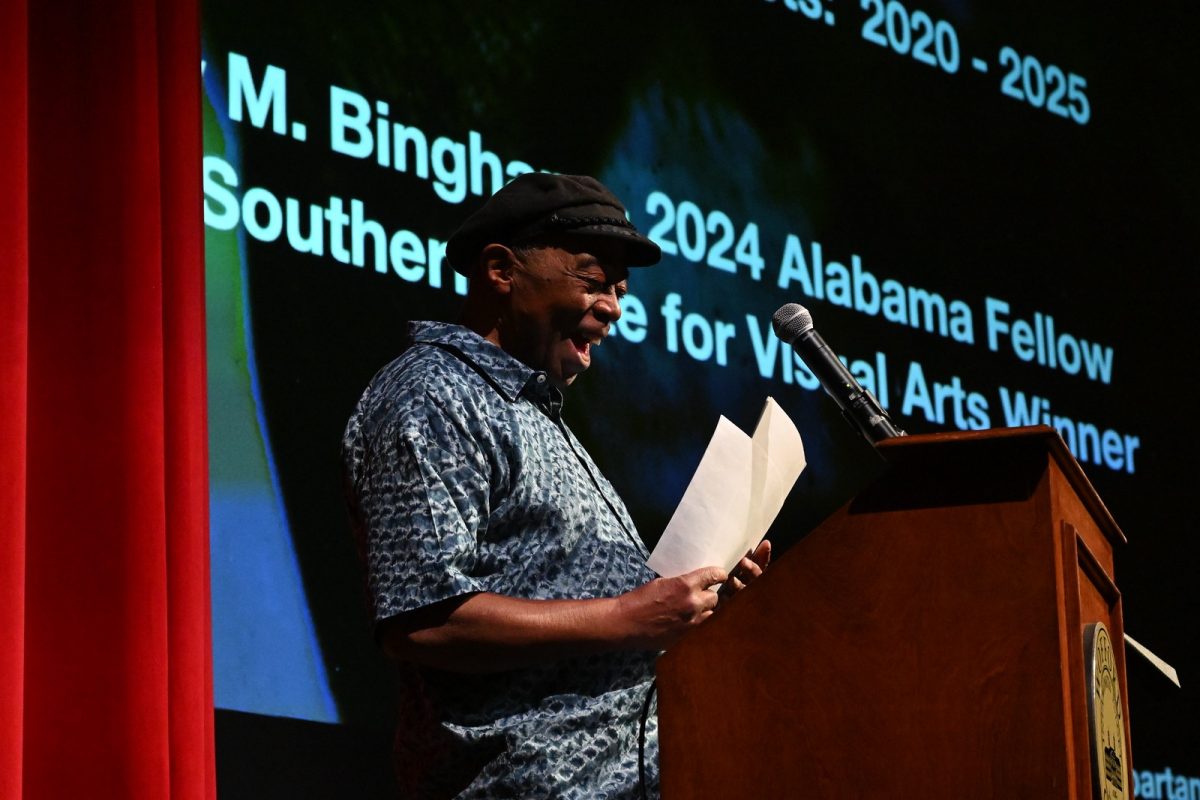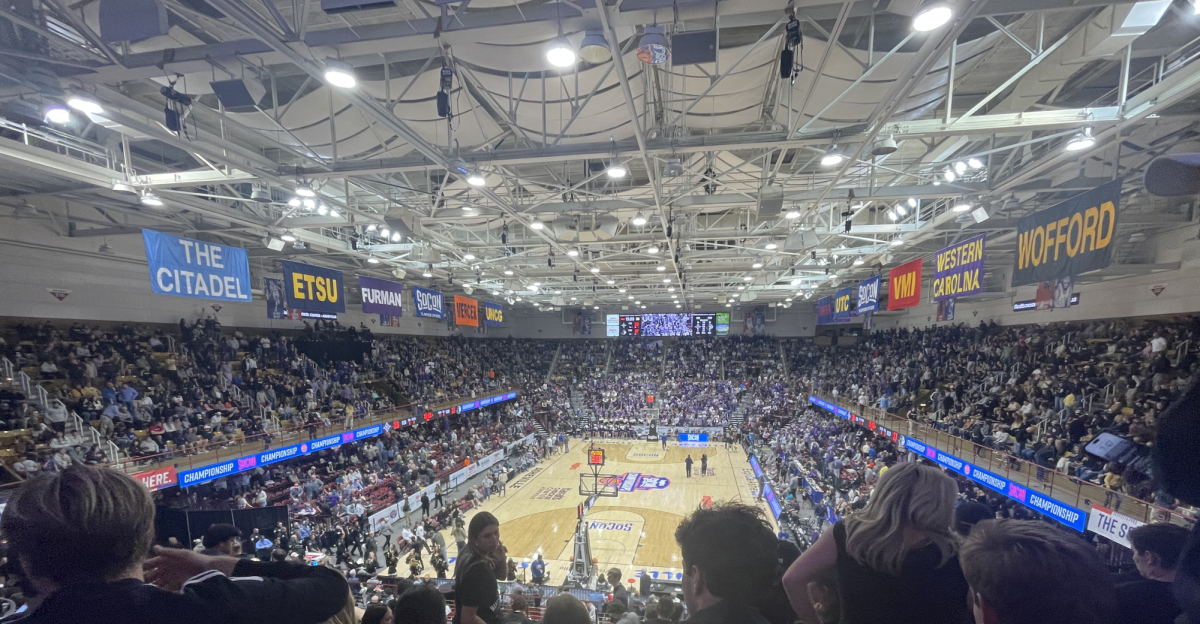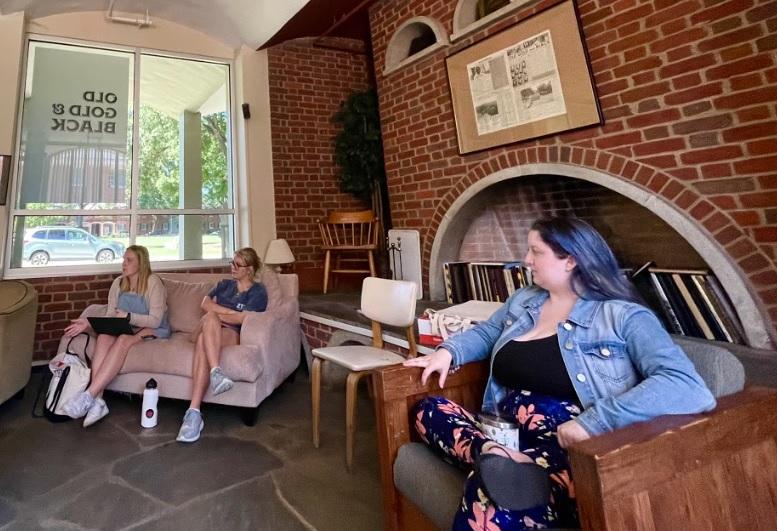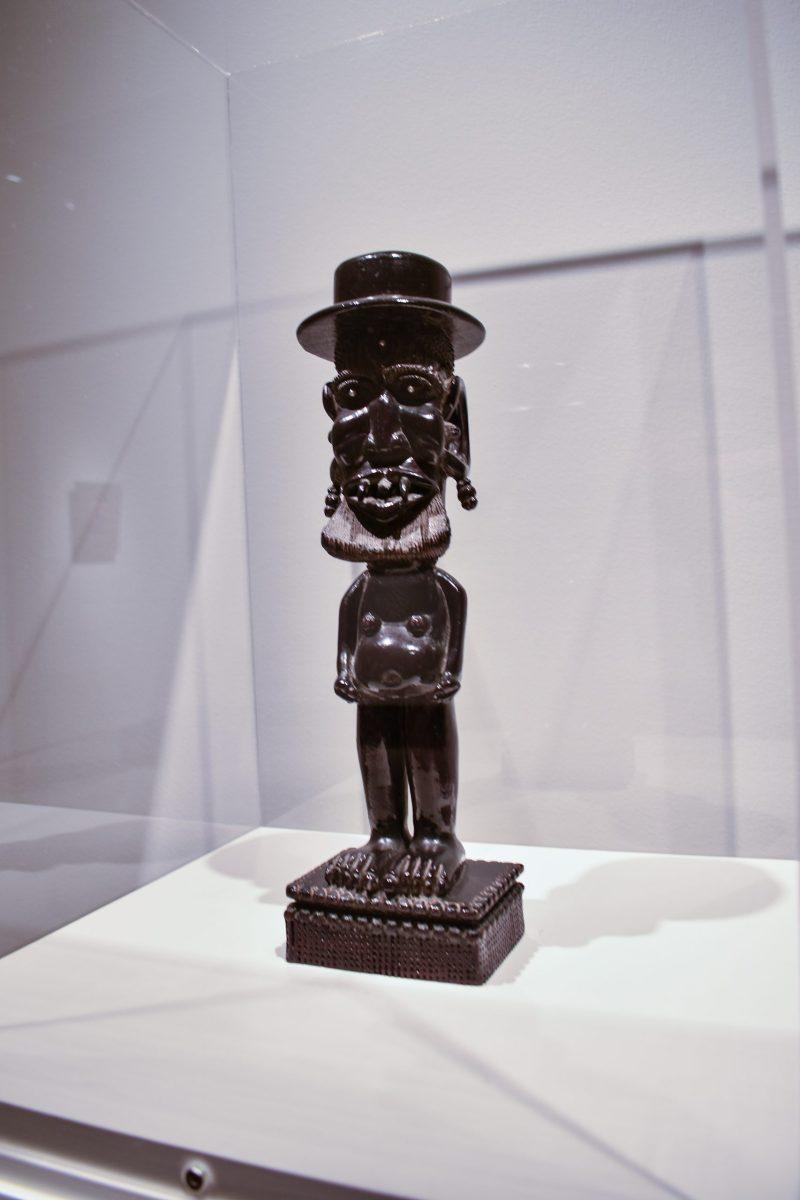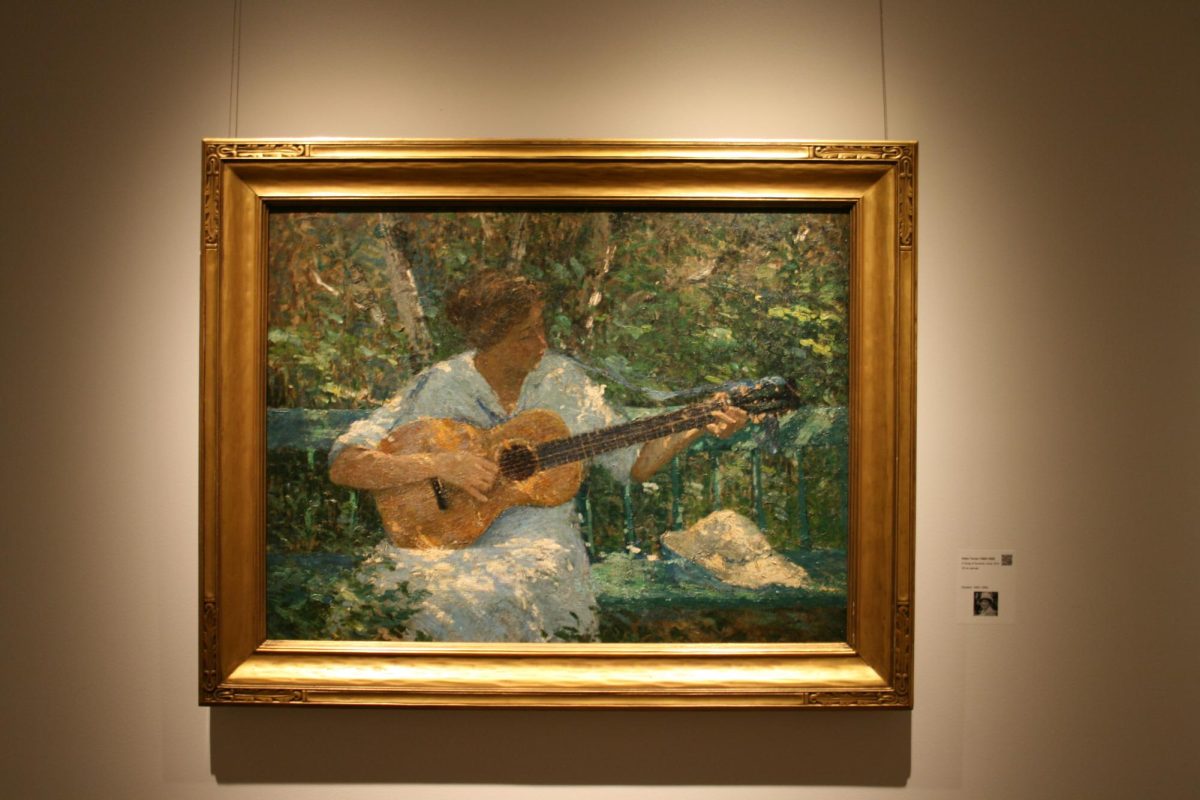Southern Gothic Art Exhibit Opens in RFAM
Elizabeth Smith, a PhD candidate from UC Santa Barbara, gave a curator’s talk on a group of Southern Gothic paintings on October 17th in the Richardson Family Art Museum. These paintings, on loan from the Johnson Collection, represent a Southern version of a greater international art and literary movement that began in Europe in the late 18th century. It was brought over North America by the novelist Charles Brocken Brown. Smith began her talk by explaining that Southern Gothic is differentiated from other Gothic styles by its influences drawn from Southern history. The visual and literary style was present in the Antebellum period, one of the most notable examples in the writings of Edgar Allan Poe. But, the Civil War began a new era of Southern Gothic artistry. The works are united by the theme of anxiety over the unknown, industrialism, and the future. However, “the specter of slavery” is considered to be the defining issue of this movement. Many of the paintings deal directly with the attitudes of post-Civil War Southerners.
One work Smith spoke about is William Washington’s The Burial of Latane, which depicts a funeral of a confederate solider. This painting was used as a propaganda piece in the Virginia Statehouse and was reproduced in engravings. It even acted, Smith told her audience, as an emblem under which donations from Confederate sympathizers would be collected.
Other artists whose work is on display in the collection were effected differently by the Civil War. Thomas Noble, a former Confederate soldier who renounced his views, painted in order to chronicle the evils of slavery. One of his pieces, Smith said, was inspired by the same story that influenced Toni Morrison’s Beloved.
A figure in the Harlem Renaissance, Aaron Douglas, encourages African Americans to look back on their ancestry in The Toiler. Finally, Ulysses Davis’s sculpture Count Dracula is meant to emulate African sculptural traditions and free the viewer from the Anglo-centric narrative of history. All pieces ask a greater question about the future of the South holds after acknowledgement of the past. Though the Southern Gothic style is dark and brooding, the prediction of a brighter, more inclusive Southern future.
Smith’s lecture was well received by the audience and was applauded after discussing Count Dracula. A reception just outside of the entrance the museum followed.
The collection will be on display until December 14.
Written by Sam English


